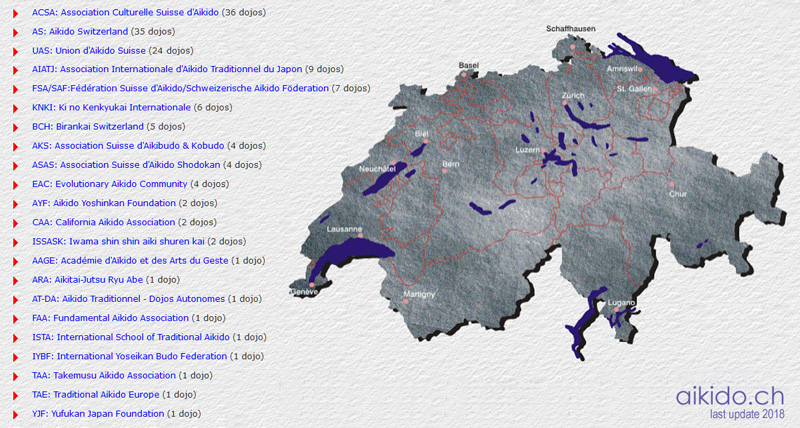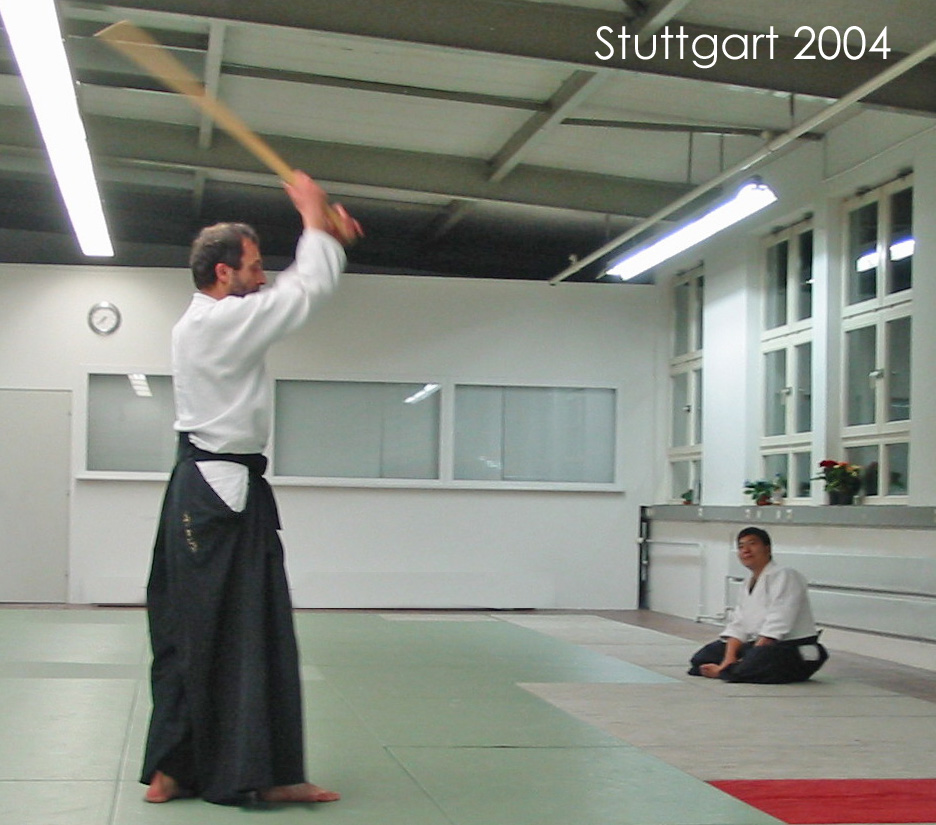Doshu
In 2004, Yoshigasaki Sensei wrote a text explaining his own title DOSHU:
Aikido is a way (DO, 道) and the way should be maintained in aikido practice. The person who keeps the way is called doshu . There are two different meanings of doshu in Japanese. The first means ‘master of the way’ (道主) and the second means ‘keeper of the way’ (道守). The difference is that there can be only one master of the way but many keepers of the way.
The top teacher of any aikido organization should be called doshu - keeper of the way - but actually many aikido organizations do not have doshu. This is because most Japanese teachers actually follow the teachings of somebody else, especially Morihei Ueshiba, even though he is dead. There are also teachers who do not follow a particular teacher but instead follow some established philosophy. They too are not keepers of the way. That is why there are not many doshu in the aikido world.
A teacher is doshu only when he teaches completely independently of any philosophies or other teachers including the dead ones.
DOSHU 道守 Yoshigasaki 2004

